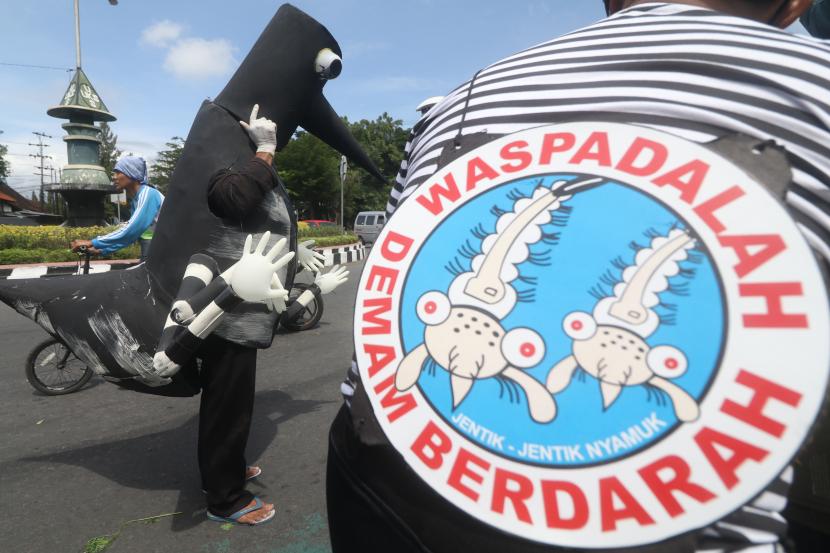The Ministry of Health disclosed a series of preventive mitigation efforts.
REPUBLIKA.CO.ID, JAKARTA –The Ministry of Health revealed a series of preventive mitigation efforts to overcome the growing number of cases of dengue or dengue fever (DHF) spread across Indonesia.
“The government in dealing with dengue has prepared six main strategies for controlling dengue in Indonesia,” said the Director of Infectious Disease Control (P2P) of the Ministry of Health, Imran Pambudi in a webinar on Beware of Dengue. Spread in the Half of the rainy season, which was followed online in Jakarta on Monday.
Imran said that in the first strategy the government focused on managing the carriers. Where control is done prior to the transmission period empowering the community through the Jumantik 1 House 1 movement and periodic inspection of the larvae as outlined in the Director General SE of P2P No. HK.02.02 / C / 3502/2022.
The second strategy is to issue a PNPK for dengue management as outlined in KMK No. HK.01.07 / Menkes / 9845/2020 concerning PNPK in the management of dengue infection in adults. While KMK n. HK.01.07 / Menkes / 4636/2021 regarding PNPK Management of dengue infection in children and adolescents.
In addition, the Ministry of Health also uses Dengue GDR as a tool for early diagnosis.
In the third strategy, Imran said that the government is trying to carry out the surveillance of dengue with real-time data, through the development of SIARVI (Information System for Arbocyrosis), forming a team of rapid action in the management of extraordinary events ( KLB) and an early warning system outbreak.
The Ministry of Health in the fourth strategy also carries out dissemination and an early warning system for outbreaks. We always encourage community participation for the 3M Plus Mosquito Nest Eradication (PSN) movement and the revitalization of the Operational Working Group (POKJANAL). He said.
Meanwhile, in the fifth strategy or program management, partnerships and government commitments, the Ministry of Health prepares the RPM for dengue management and calls on local governments to enact regulations on dengue prevention and control.
So in the sixth strategy related to the development of studies, research and innovation, the government developed a Wolbachia technology as outlined in KMK No. HK.01.07 / Menkes / 1341/2022 on dengue with the Wolbachia method.
“The second is the development of a dengue vaccine, for which we are currently awaiting ITAGI’s recommendation to become a programmatic vaccine,” he said.
Earlier in the latest data from the Ministry of Health, he explained that the number of dengue cases up to the 39th week of 2022 had reached 94,355 cases and is expected to continue to increase.
Data from the Ministry of Health relating to the distribution of dengue cases, collected up to the 39th week of 2022, also shows that the incidence rate of dengue (IR) in 2022 reached 34.33% with a mortality rate (CFR ) by 0.9 percent.
source: Tra


